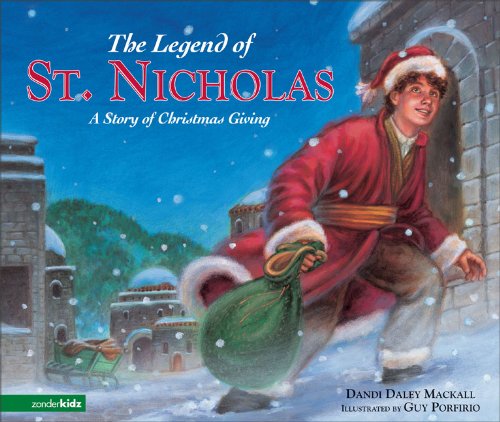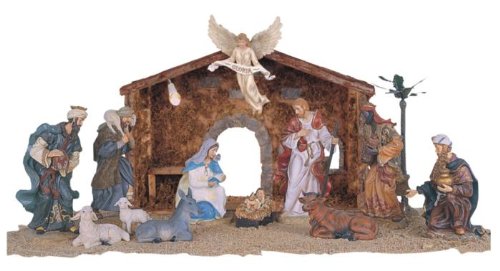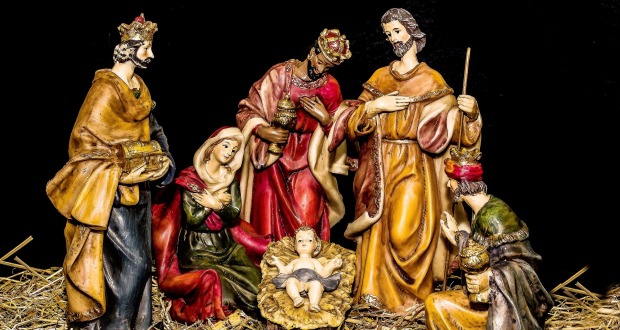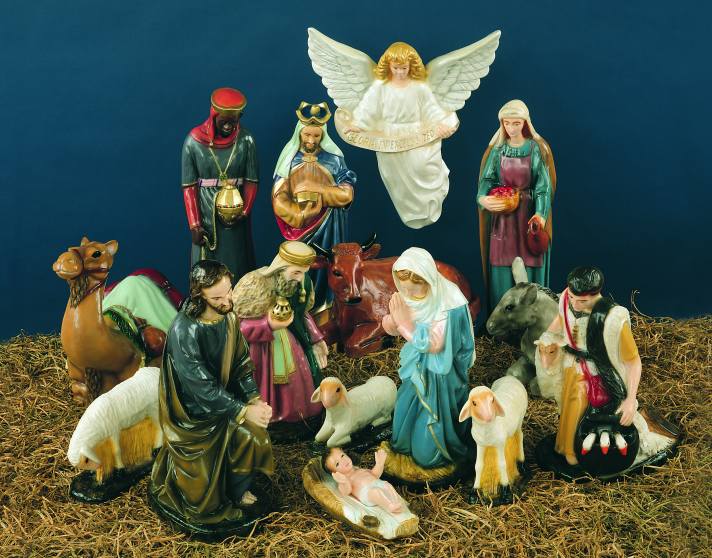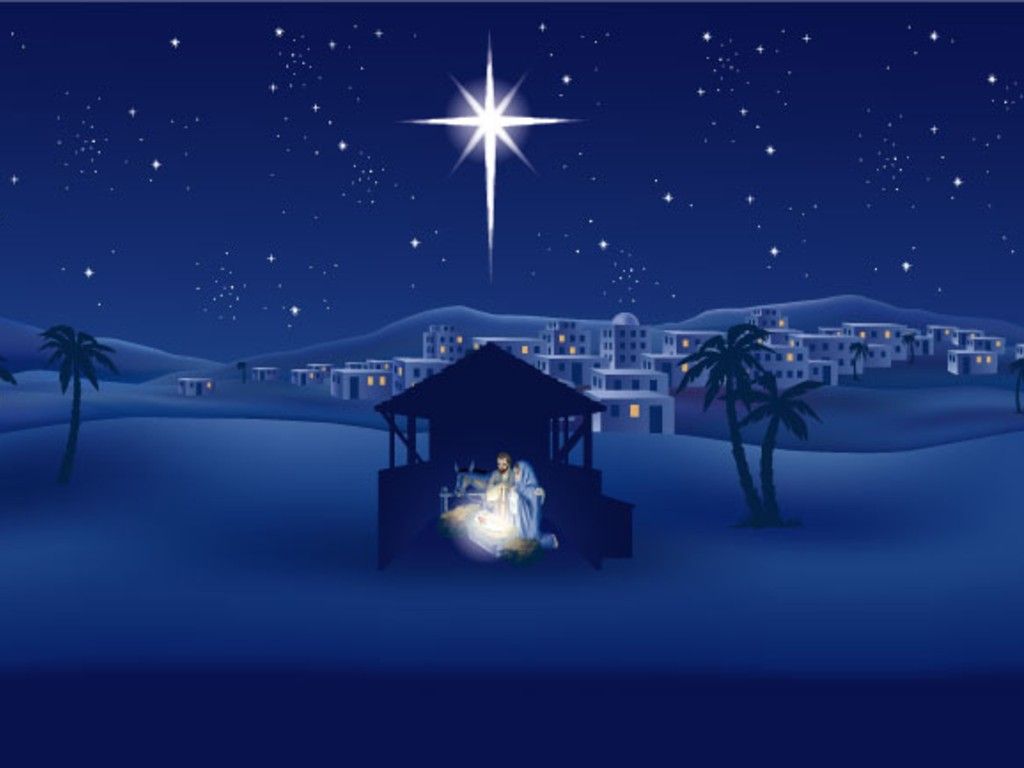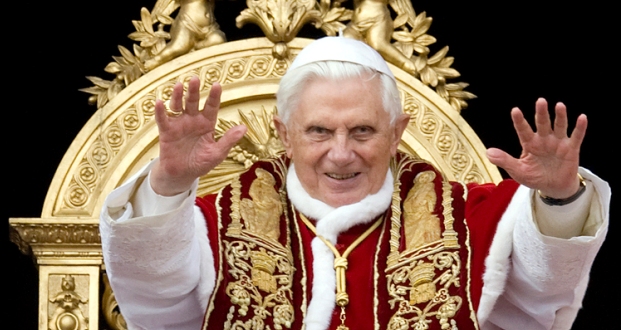The Traditions Of Christmas Point To The Reason For The Season
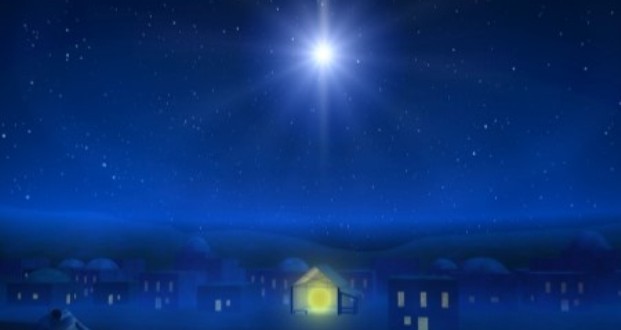
Introduction
When exploring Traditions of Christmas around the world, there is virtually a cornucopia of areas to explore. So many of these traditions come right back to the reason for the season, the birth of Jesus Christ.
Christmas Cards
The origin of Christmas cards was in England around 1840 by Sir Henry Cole. With better printing methods by 1860, a larger production of these cards was possible and mailing them was inexpensive. Traditionally, illustrations on Christmas cards were mostly religious, showing parts of the Christmas story or Baby Jesus, Mary, and Joseph. The traditions of Christmas as with these cards are still around today and you can still buy the religious inspirational Christmas card. Cards are exchanged at churches, as well as among friends and families. Favourites seem to always have the manager scene with Mary, Joseph, and Baby Jesus in the stable.
Candy Canes
Candy canes were originally white and shaped like a shepherd’s staff. It is legend that at the Cologne Cathedral in Germany the choirmaster suggested the shepherd’s crook in the candy. In recent times, there is a more serious explanation about the candy cane. The color white on the cane symbolizes Christ’s purity, the color red on the cane symbolizes Christ’s blood that was shed, and the fact that there are 3 stripes is symbolic of the Holy Trinity. These canes are placed on Christmas trees, enjoyed by children, and exchanged by adults. Isn’t it fitting that an angel appeared to shepherds in the field to share with them news that the Christ Child was born? So many of the nativity scenes depict the manger where Jesus Christ was born with shepherds and their staffs looking on in awe.
Santa Claus
Did you know that Santa Claus or Father Christmas has become the meaning of Christmas for many. Sadly, it has gotten away from how the original Father Christmas came to be. Father Christmas was based on a true person, St. Nicholas who was a bishop in Myra. He lived around the 4th century AD. Being a Christian leader, he wanted to distribute money to the poor anonymously. He was called the patron saint of Russia. He also became a patron saint in Greece, France, and Belgium. We don’t need to lose the focus of the reason for the Season, the birth of Jesus Christ and the real meaning of Christmas.
Christmas Celebrations
A great number of countries include church services based on the birth of Jesus Christ as a form of the traditions of Christmas as well as the story Christ child in their homes. In Belgium, a sweet bread in the shape of Baby Jesus is served at breakfast. In Finland, many go to church on Christmas Eve, or as with the old church, they go early on Christmas morning to hear the story of the birth of Jesus Christ. In Germany they celebrate Advent for 4 weeks and in most houses you will find a small crib symbolic of the stable where Jesus Christ was born. After the 1970’s, even Communist Leaders began attending Midnight Mass in Hungary. In the United States, with such a multi-cultural population, Christmas is celebrated in many, many ways. Here most of the cultures have some type of church service about the birth of Jesus Christ and the reason for the Christmas Season.
In Closing
In Matthew and in Luke in the Holy Bible, the Christmas story is told. How Mother Mary became pregnant with Jesus Christ by immaculate conception, how angels appeared to both Mary and Joseph, how there was no room in the inn, and then lastly the Messiah, Jesus Christ, the Savior of all mankind was born on Christmas Day in a lowly manager; this is truly the meaning of Christmas time.


